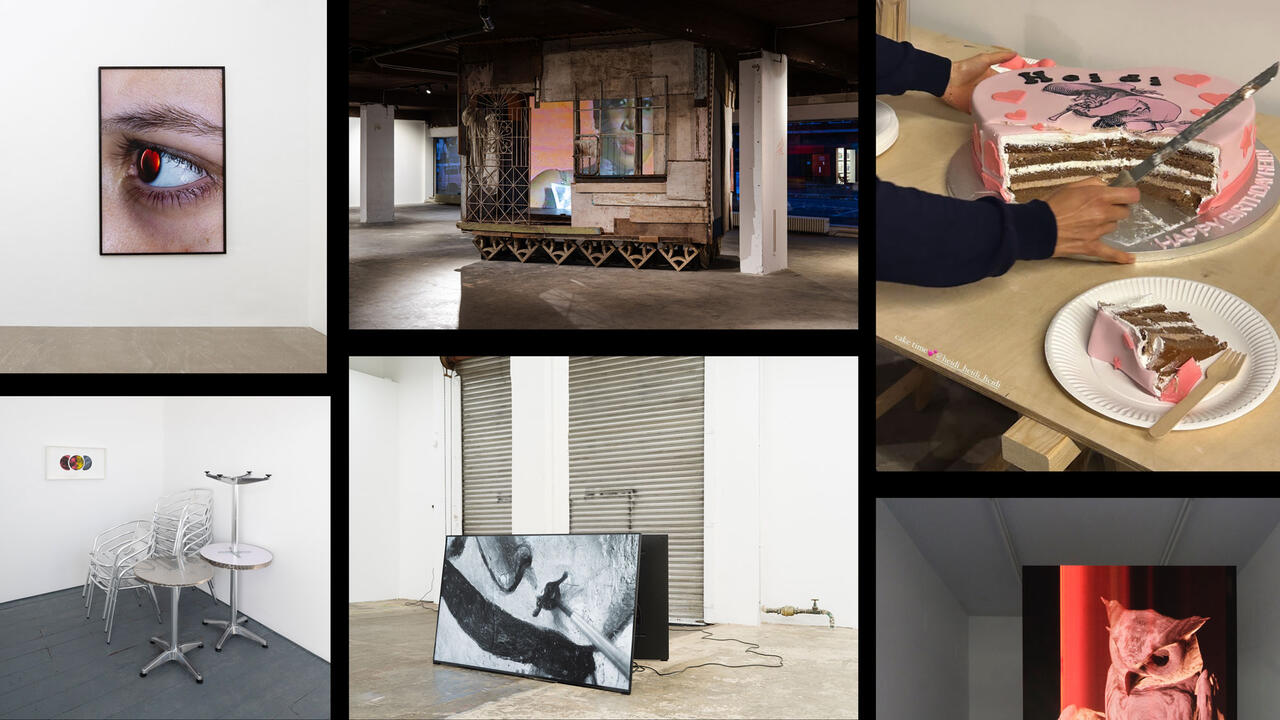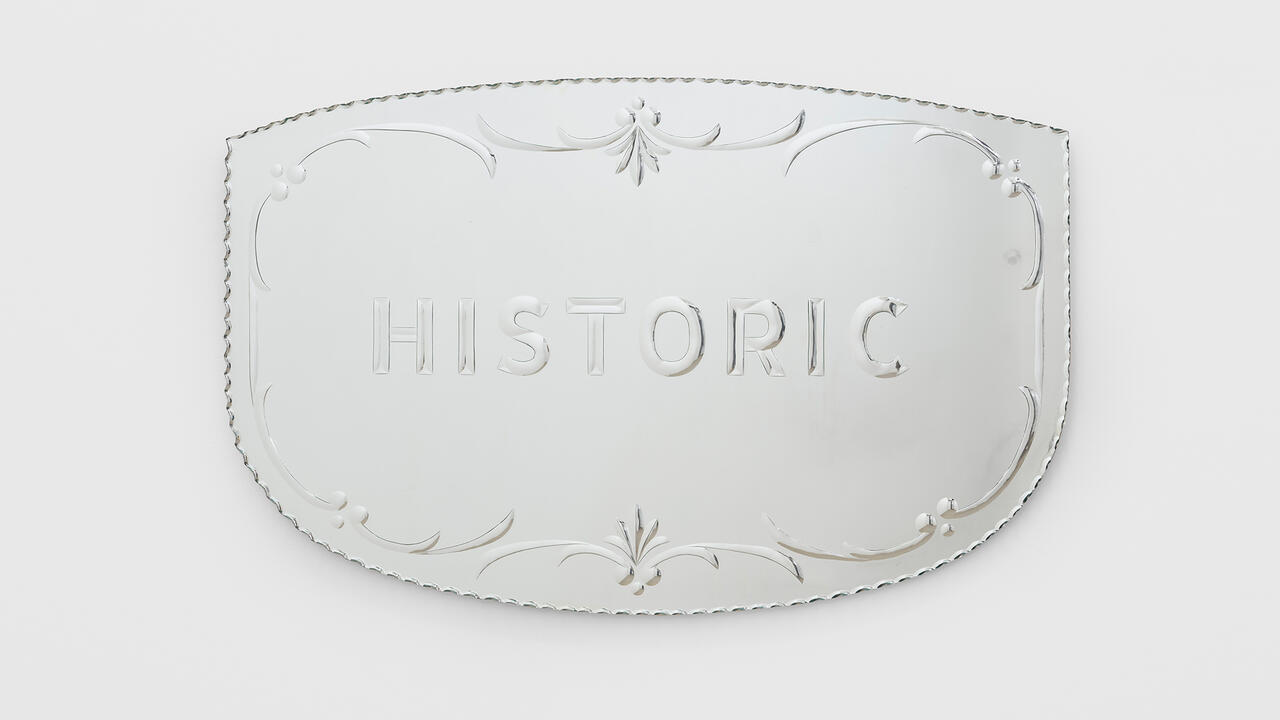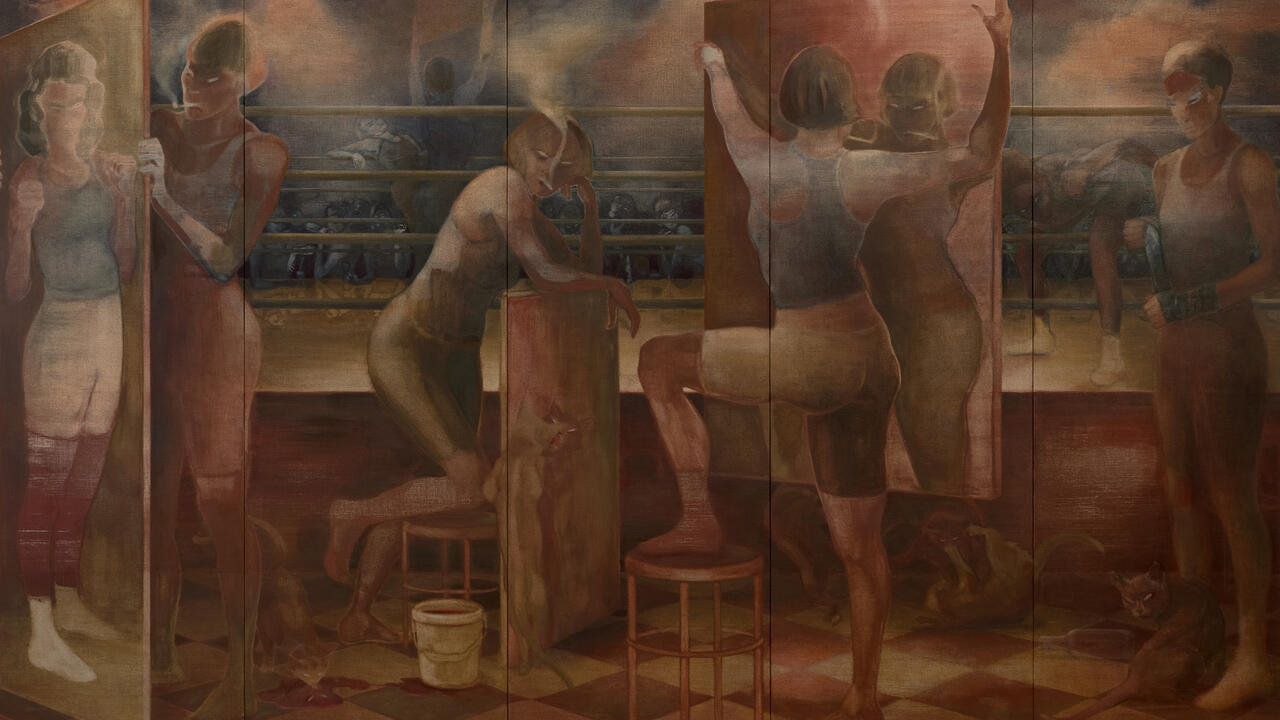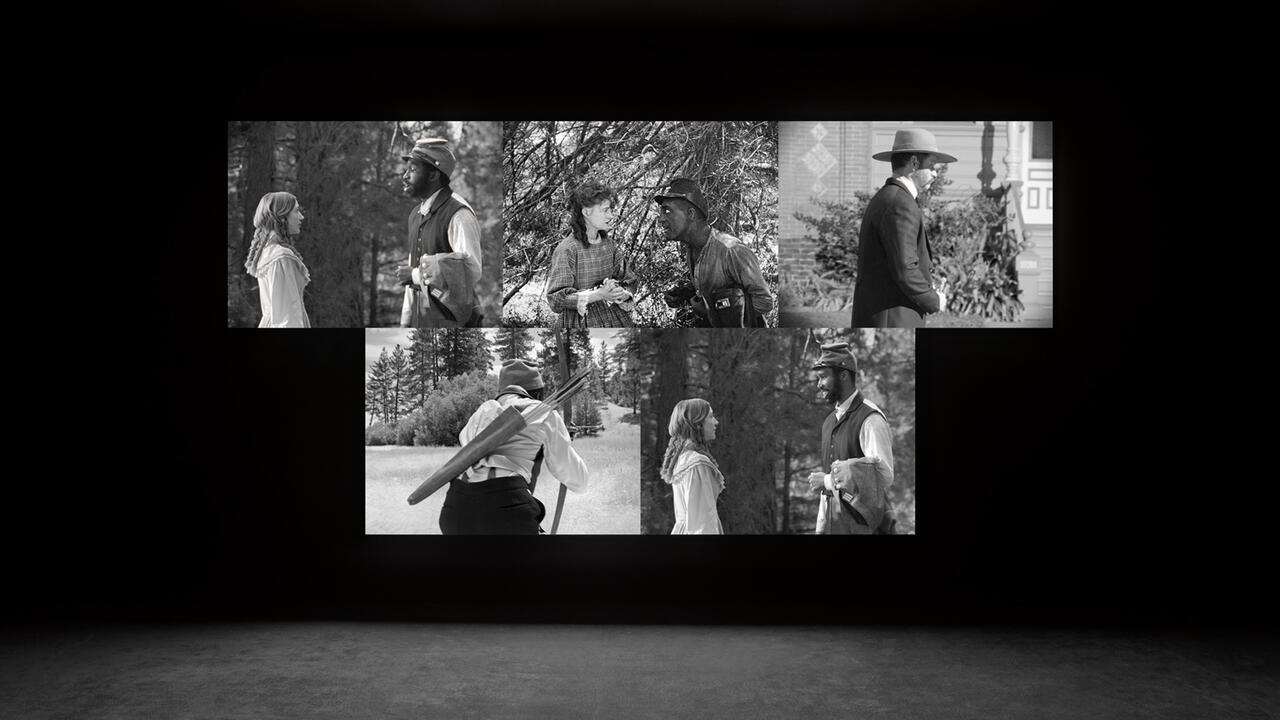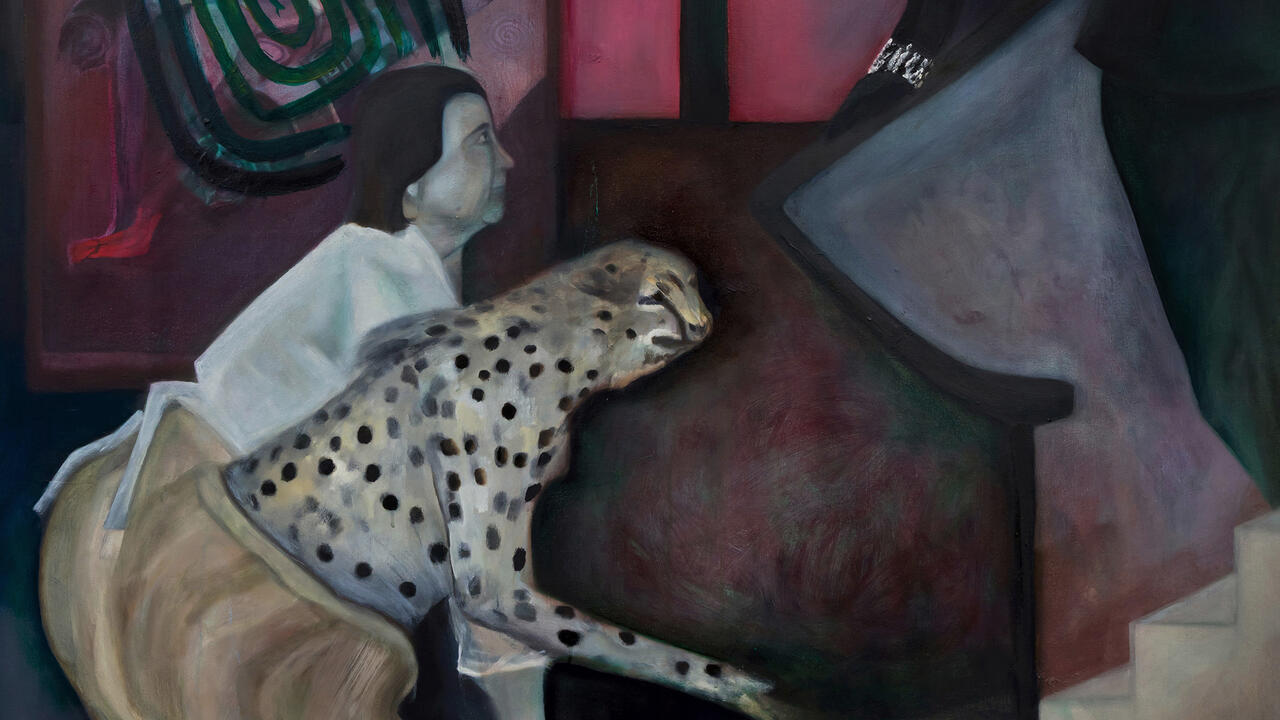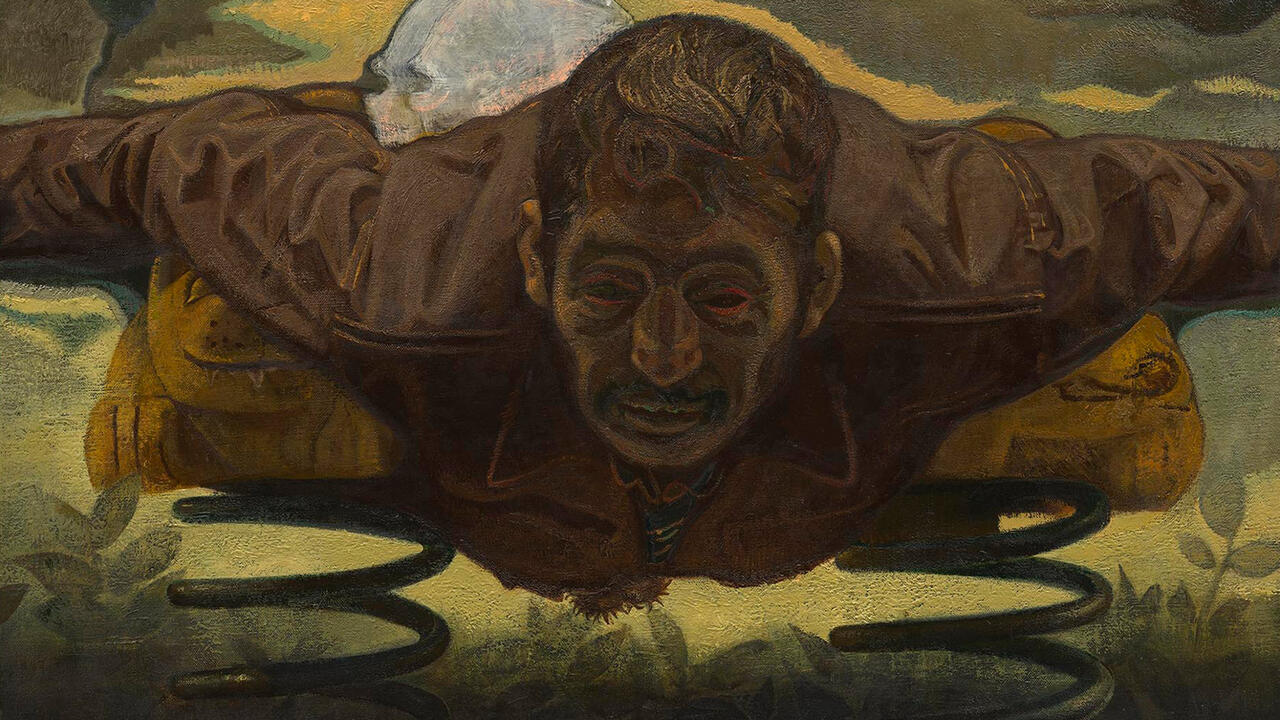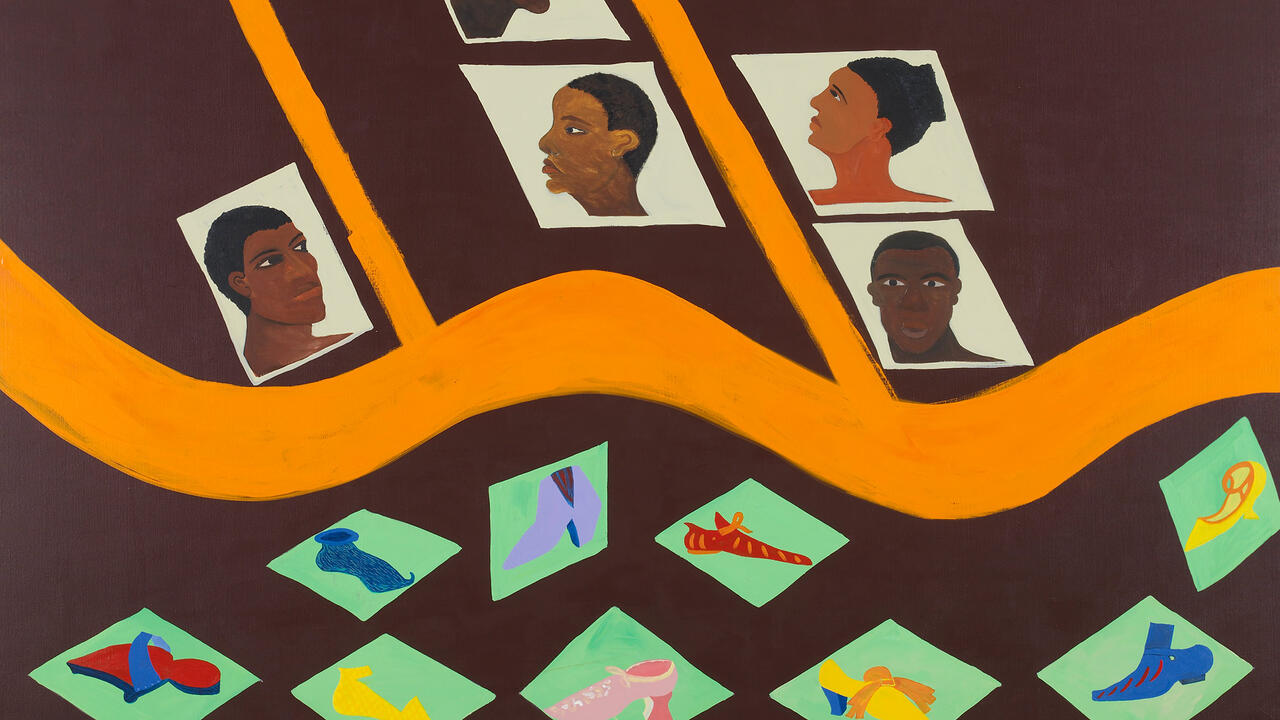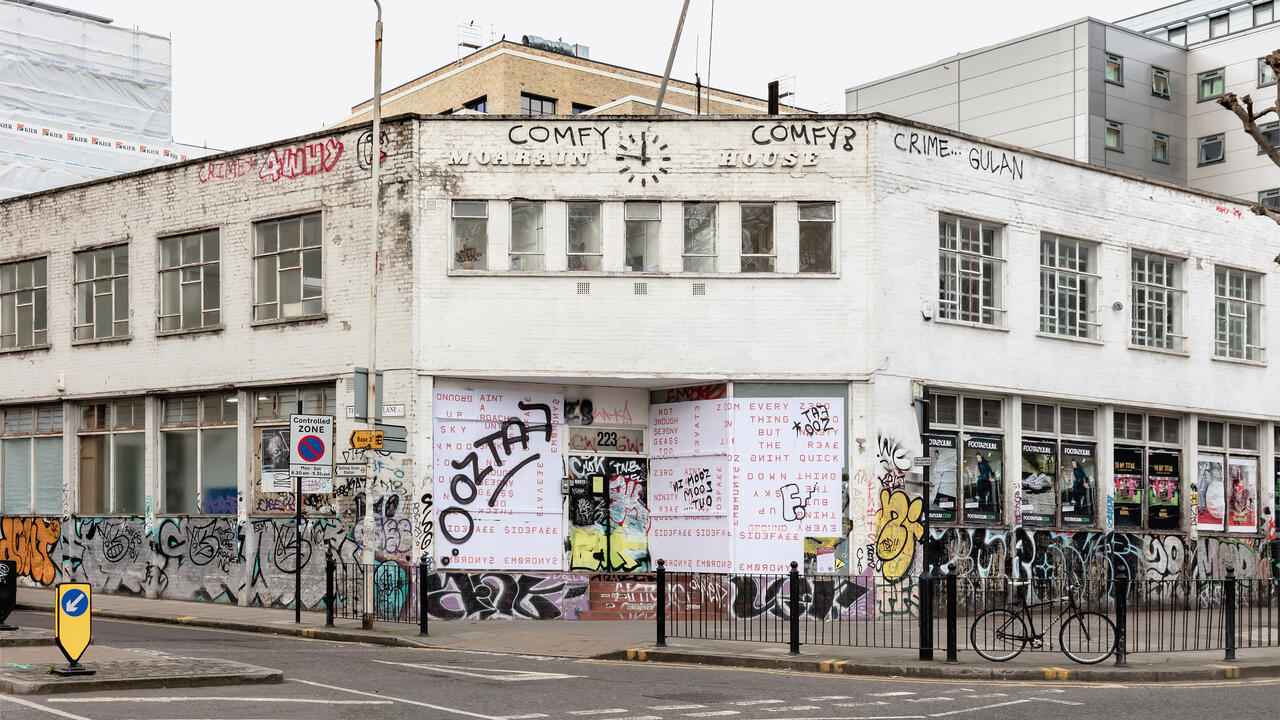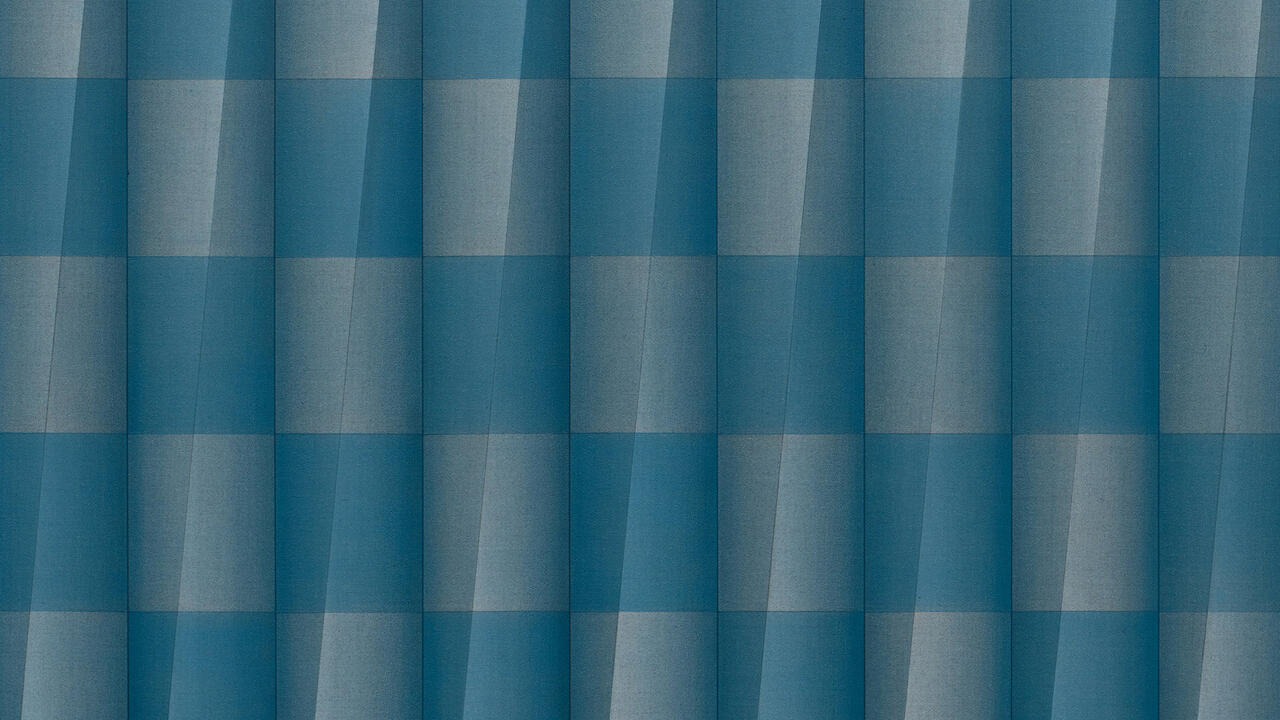Mary Ellen Bute
Sketch, London, UK
Sketch, London, UK

Certain art forms, while being just as typical of their period as others, seem to hold the style, aspirations and ambitions of their time clearly in content and form, so that they appear almost emblematic of their generation. Early Modernist animation is such a genre, with its attempts to harness the potential of the new medium of film – time and movement as material – in order to illustrate syntheses among different modes of comprehension: the visual representation of music or mathematics, for example, or the abstraction of subjective experience. The jagged dancing shapes of these 1930s’ films seem the artistic analogues of other constituents of the Modernist experience – trains, tramways and cinemas – and at times explicitly so. The film unit of the British General Post Office, for example, commissioned the artist Len Lye to advertise the postal service, using his hand-painted abstract films to evoke the postal service’s speedy transportation of parcels and postcards. The style of the films fitted the style of the times: in New York the artist Mary Ellen Bute’s shorts played before Hollywood features at Radio City Music Hall, the grand Art Deco cinema that epitomizes New York’s experience of mass entertainment and novelty. One of Bute’s first films shown there, Rhythm in Light (1934), announced its quintessentially Modernist aims in slim, Art Deco font: ‘This film is a pioneer effort in a new art form – it is a modern artist’s impression of what goes on in the mind while listening to music.’
Bute is today less well known than other early film animators such as Lye, Hans Richter, Viking Eggeling or Oskar Fischinger, and this exhibition of her early 35mm films at Sketch, transferred onto DVD and shown on 12 simultaneous projections in the gallery space, was a rare event. Indeed this showing, curated by Michelle Cotton, was the first gallery retrospective of her work in the UK. Rather than painting or scratching directly on film, Bute used cartoon animation as well as the filming of a variety of inventively used household items – combs, coffee, colanders – to create her visual abstractions. She was particularly interested in mathematics and science, expressing their formal propositions in filmic form, in addition to her renderings of music. Bute’s style is freer than that of either Richter or Eggeling, and her shapes more fluid, sometimes literally so: to make Mood Contrasts (1956), a film of shifting and dissipating colours, Bute poured black coffee and milk into a fish tank and filmed their intermingling. Where Eggeling, for example, in Symphonie Diagonale (Diagonal Symphony, 1924), was interested in the interstices between spaces and in music, articulated both as gaps in forms and in time, Bute is concerned with continuity, both of a musical line and in the structure or generation of shapes. Parabola (1937) considers the parabola as a mathematical structure visible across nature: an intertitle at the start of the film describes it as ‘nature’s poetry’, and the ‘path of every ball and bullet / Headlight’s curve and Bridge’s cable / Fountain’s jet and falling star’. Primarily taking a wooden parabolic sculpture by the American abstract artist Rutherford Boyd as its subject, seen in different angles, lights and iterations, the film shows the parabola to be as much an example of nature’s immanent beauty as Modernism’s ability to recoup or represent it: the parabola is a seashell but also the beam of the headlight, the Chrysler building and the forms of Modernist sculpture.
The films on show at Sketch, made between the 1930s and the ’50s, are uneven, at times offering surprising and stately imaginings but elsewhere interpreting a musical score or subject too literally. (They are, however, single-minded in their desire to interpret sounds and forms for the camera, and some of the films in this hour-long programme somewhat melded into each other.) Despite their evident beauty, they smack at times of being period pieces, where their style and accomplishments belong as much to Modernism as to Bute herself. In a preface to a new re-issuing of Mrs Craddock, a romance novel he had written half a century earlier in 1900, Somerset Maugham recalls a trip to a Cork Street gallery, where he sees a grouping of colourful Paris scenes for the second time. Before he was indifferent, but he now finds the paintings enchanting: they are, in a sense, the past to him. In a similar fashion, the experience of watching Bute’s films is inflected with the experience of time passing – they are not genre pieces, as Maugham implies of the Cork Street paintings, but their period shows plainly in them.









